What Size Kayak Do I Need for My Height and Weight?
Not sure What Size Kayak I Need for My Height and Weight? is right for you? Here’s a simple guide to help you pick the perfect one based on your height, weight, and how you plan to use it.
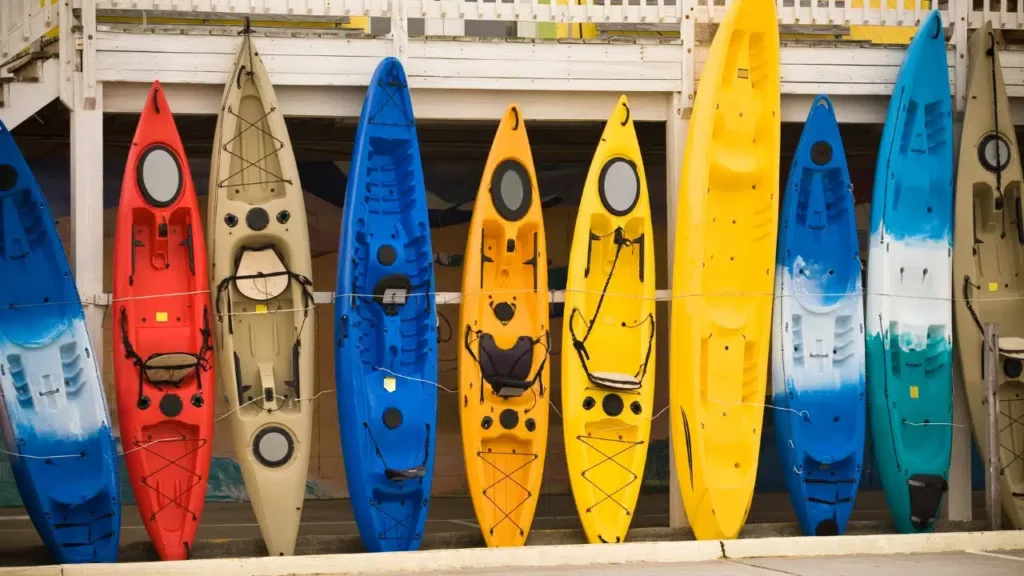
When it comes to kayaking, there isn’t a one-size-fits-all answer. People often ask, “What size kayak should I get?” With all the choices available, how can you determine the right size for your What Size Kayak Do I Need for My Height and Weight? needs?
We’ll make it simple by explaining what’s important, like your height, weight, and how you plan to use the kayak. By the end, you’ll have a clear answer to that important question.
Related Article: What is Average Kayaking Speed?
Recommended What Size Kayak Do I Need for My Height and Weight?Chart
Short on time? Here’s a chart that shows which kayak length or kayak weight is best for your height:
| Paddler Height | Recreational | Touring | Tandem | Fishing | Whitewater | Inflatable |
| Under 5′ | 8ft | 12ft – 14ft | 10ft – 12ft | 8ft – 10ft | 4ft – 8ft | 8ft |
| 5′ to 5’6″ | 8ft – 10ft | 12ft – 16ft | 10ft – 16ft | 10ft – 12ft | 4ft – 8ft | 8ft – 10ft |
| 5’7″ to 6′ | 10ft – 12ft | 14ft – 18ft | 12ft – 18ft | 10ft – 14ft | 5ft – 9ft | 8ft – 12ft |
| Over 6′ | 10ft – 14ft | 14ft – 20ft | 12ft – 20ft | 12ft – 14ft | 6ft – 9ft | 10ft – 14ft |
Although this chart is helpful to begin with, it’s important to remember that finding the perfect kayak size isn’t just about your height. We recommend continuing to read on to discover more about kayak length or kayak weight and other important factors to consider. What Size Kayak Do I Need for My Height and Weight?
Understanding Kayak Dimensions: Length, Width, Volume, and Cockpit Size
The size of a kayak is not just about numbers; it greatly affects how the kayak size performs, how stable it is, and how well it fits you. Let’s talk about some important aspects to consider
Kayak Length guide: Choosing the Right Size for Your Purpose
The length of a kayak’s size plays a big role in its performance, and how easily it can turn. Your decision on kayak length & kayak weight should match where and how you intend to use it. Here’s a breakdown of different kayak lengths and what they are best suited for.
Kayak Length guide: Choosing the 5 Right Kayak Size
2. Kayak Width (Beam): Balancing Stability, Speed, and Agility
3. Kayak Volume: Sizing Up Space and Buoyancy
4. Cockpit Kayak Size: Comfort vs. Control
Ideal for activities like fishing or photography, providing more room for movement.
Preferred by performance or whitewater paddlers for better control, but might be a tight fit.
5. Weight Capacity: Understanding Limits and Safety
Considerations beyond Height and Weight
Before you decide on the right kayak size for your body, think about these important factors to help narrow down your choice:
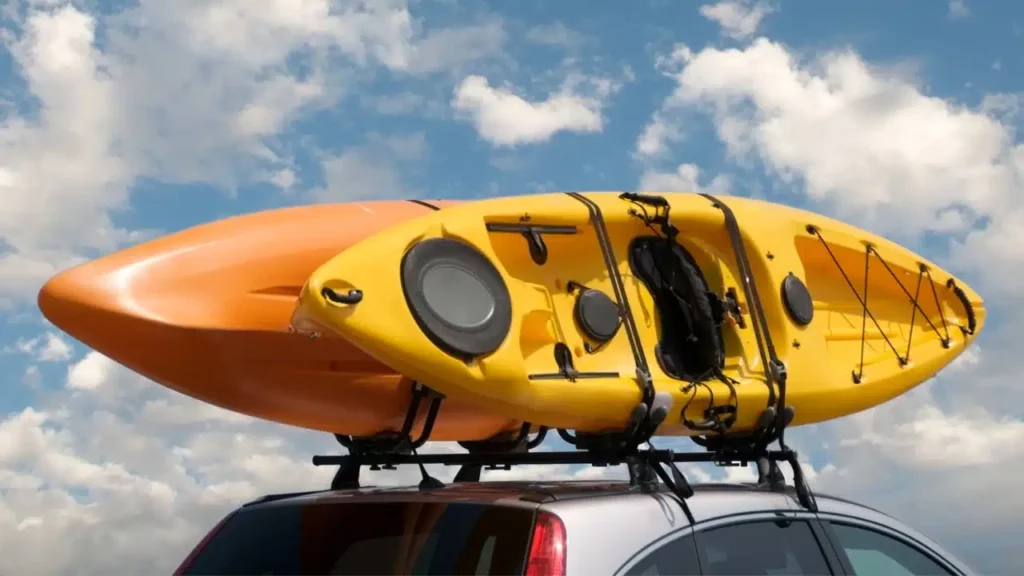
1. Transportation and Storage
Can your vehicle handle the size and weight of the kayak size you want? Consider not only the length and width but also how heavy it is.
Think about whether you can lift and secure it by yourself or if you’ll need help.
Different ways to transport a kayak include roof racks, trailers, or a truck bed. Plan this ahead of time to avoid problems on your trip.
Storage is another consideration. If you have a lot of space in your garage or shed, a larger kayak may work. But if space is limited, a smaller kayak or one that’s inflatable or foldable might be better.
2. Bringing Company
Decide if you want to kayak alone or with someone else, like a partner, child, or even a pet.
If you plan to paddle with another person, especially an adult or older child, you’ll need a tandem kayak, which is longer (usually 12 feet or more).
Many tandem kayaks can be adjusted for solo paddling or used with two paddlers.
If you’re bringing your furry friend, choose a kayak with a roomy deck and a width of at least 28 inches for comfort and safety.
Will You Take Your Kayak on Overnight Trips?
Are you a kayaker who enjoys day trips and being back before nightfall, or do you find the allure of camping under the stars irresistible? If overnight camping is in your plans, you’ll want a kayak with enough space to store your gear, which typically means a 12-foot kayak or longer.
Now, let’s talk about your experience level. If you’re new to kayaking and just getting started, a smaller, wider kayak size can be a great choice. These kayaks are forgiving and provide stability, which can boost your confidence as you learn the ropes.
On the other hand, if you’re an. you might be craving the speed and maneuverability that comes with a longer, narrower kayak.
Consider not only where you are now in your kayaking journey but also how long are kayaks, how you expect to grow and evolve in the sport. This will help you choose a kayak that suits your current skill level and your future aspirations.
Selecting a Kayak by Type: How long are kayaks?
Picking the right kayak means knowing the kayak sizes of the popular models. Here are the lengths and widths. For more details, check our guide on different kayak types.
| Type | Length | Width |
| Recreational kayak | 8-12 feet | 22-26 inches |
| Touring kayak | 12-16 feet | 20-24 inches |
| Sea kayak | 14-18 feet | 20-24 inches |
Recreational Kayaks
| Length | Width |
|---|---|
| 8 to 14 feet | 26 to 34 inches |

Recreational kayaks are for paddling on calm waters for fun. They come in sit-on-top or sit-inside versions. They are typically 8-14 feet long, making them easy to store and transport.
They are wider than other types of kayaks, which makes them more stable, which is good for beginners and people who want a relaxed paddling experience. Sit-inside recreational kayaks also have larger cockpits, which makes them more comfortable for bigger paddlers.
Touring Kayaks
Length: 12 to 20 feet | Width: 18 to 28 inches

Touring kayaks are longer and narrower than other types of kayaks, which makes them faster and easier to paddle over long distances. They are also more stable in open water, where the waves can be bigger.
Touring kayak sizes come in different sizes, so you can find one that fits your height and weight. Some manufacturers also offer low-, medium-, and high-volume versions, so you can choose the one that’s most comfortable for you.
Tandem Kayaks
| Length | Width |
|---|---|
| 10 to 20 feet | 24 to 36 inches |

Imagine a tandem kayak as a double-wide bicycle. It is designed for two people to pedal together. Tandem kayaks are also longer and wider than single kayaks, which makes them more stable and easier to paddle.
If you are planning on kayaking with someone else, a tandem kayak is a good option. They are also a good choice for people who want to bring a lot of gear, such as anglers or campers.
Fishing Kayaks
| Length | Width |
|---|---|
| 8 to 14 feet | 28 to 42 inches |

Fishing kayaks are the widest type of kayak, and almost all of them are sit-on-tops. This means that you sit on top of the kayak instead of inside of it. This makes it easy to get in and out of the kayak, and it also gives you more legroom. Fishing kayaks also have high weight capacities, so you can bring all of your fishing gear with you.
However, fishing kayaks are also slow-moving. This is because they are designed to be stable, not fast. If you are looking for a fast kayak, you may want to consider a different type of kayak.
Another drawback of fishing kayaks is that they may not be comfortable for smaller paddlers. This is because they are wider than other types of kayaks. The wider beam also means that you will likely need a longer paddle.
Overall, fishing kayaks are a good choice for people who are looking for a stable kayak that is ideal for fishing and camping. However, they are not a good choice for people who are looking for a fast kayak or who are smaller in stature. What Size Kayak Do I Need for My Height and Weight?
Whitewater Kayaks
| Length | Width |
|---|---|
| 4 to 9 feet | 22 to 30 inches |

There are different types of whitewater kayaks, each with a different size and width.
Playboats are the smallest type of whitewater kayak, usually 4-6 feet long. They are good for practicing tricks and flips, but they can be difficult to find for larger paddlers and have a low weight capacity (usually under 180 pounds).
Creek boats and river runners are larger, typically 6-9 feet long. They are a better option for taller people and can handle more difficult rapids. Most whitewater kayaks are high-volume, which means they can float and resurface quickly.
Inflatable Kayaks
| Length | Width |
|---|---|
| 8 to 14 feet | 34 to 40 inches |

Aquaglide McKenzie 105
Inflatable kayaks come in different sizes and styles, depending on what you want to use them for.
FAQS
What Size Kayak Do I Need for My Height and Weight? Key Takeaways
Getting the right size kayak is super important for your enjoyment on the water. To know about read these lines What Size Kayak Do I Need for My Height and Weight?
While our guidelines and chart are a great starting point, your comfort and what you like are super important. Try out different kayak models on the water to find what suits you best.

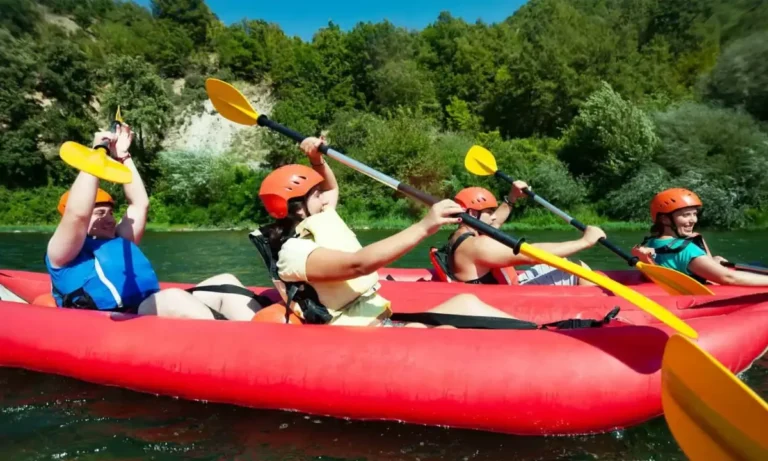
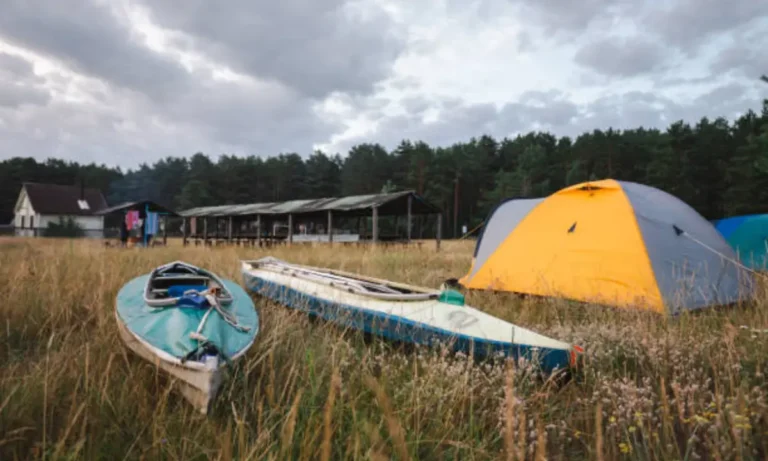
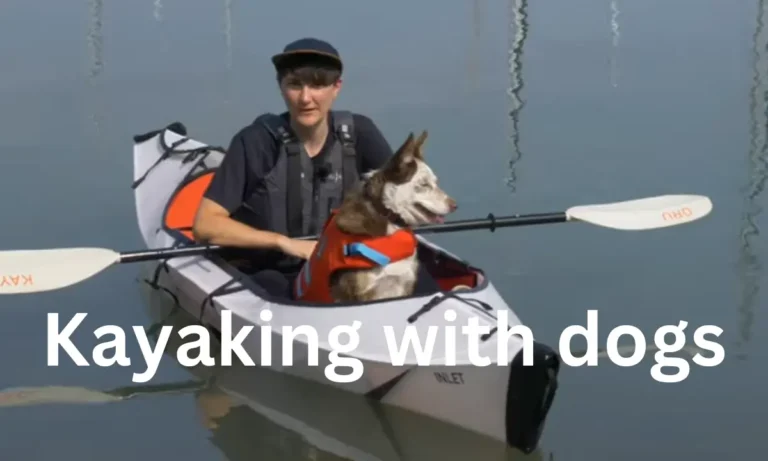
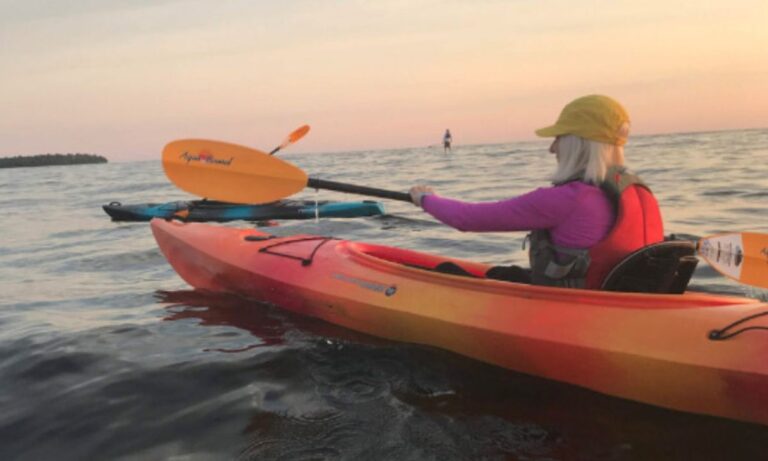
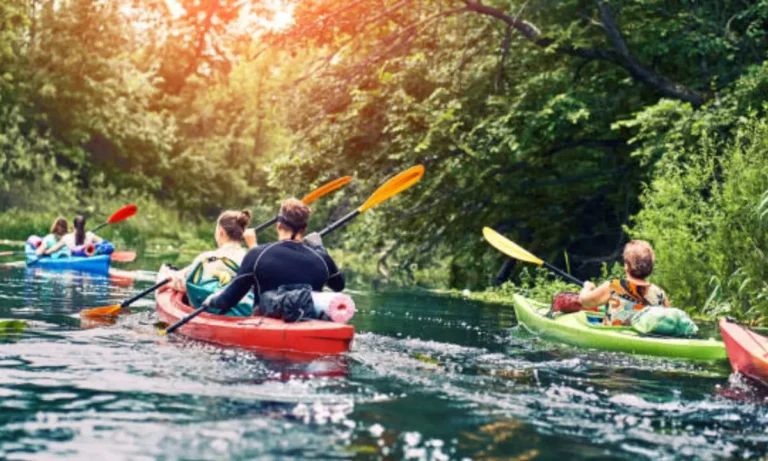

Can you be more specific about the content of your article? After reading it, I still have some doubts. Hope you can help me.